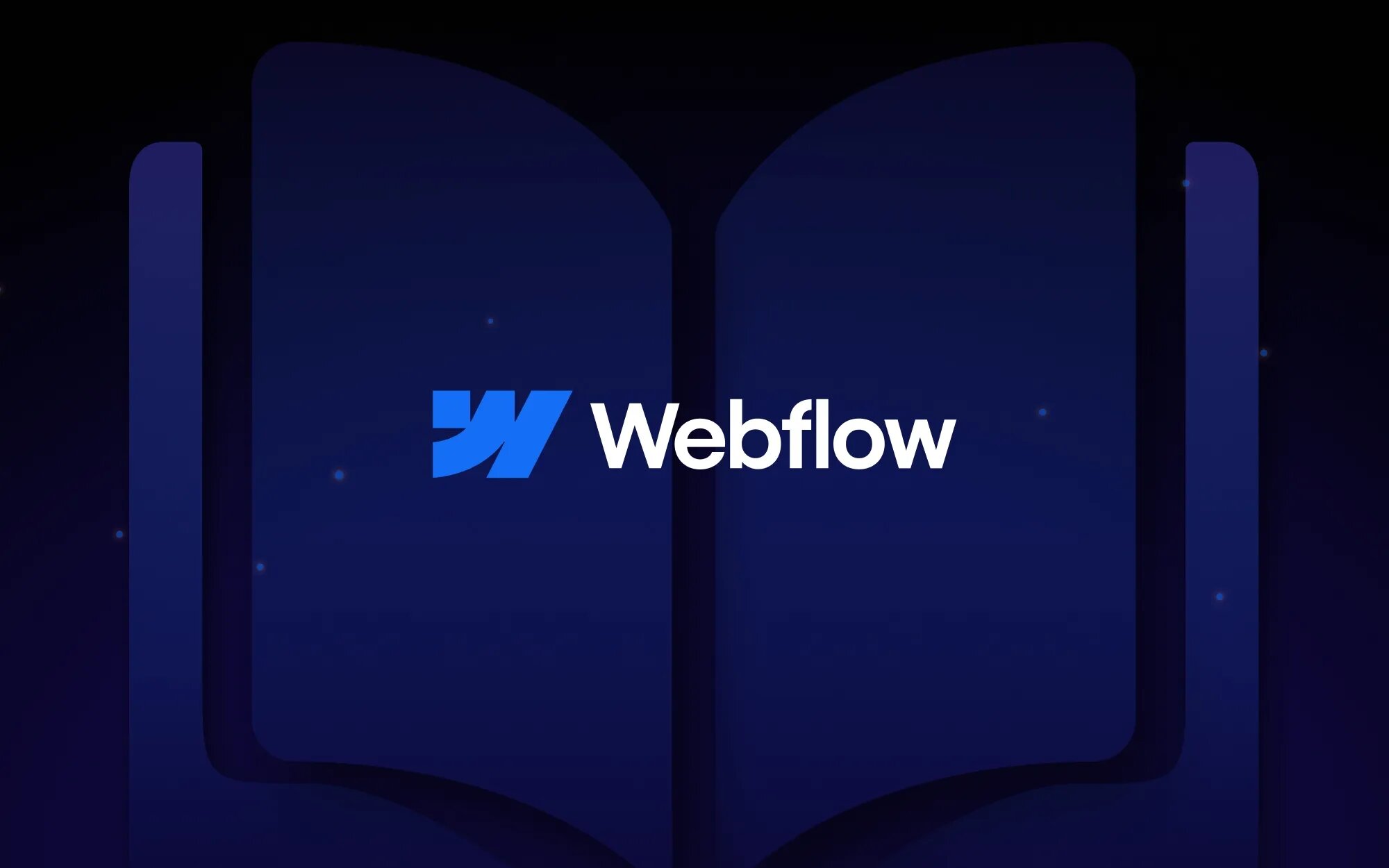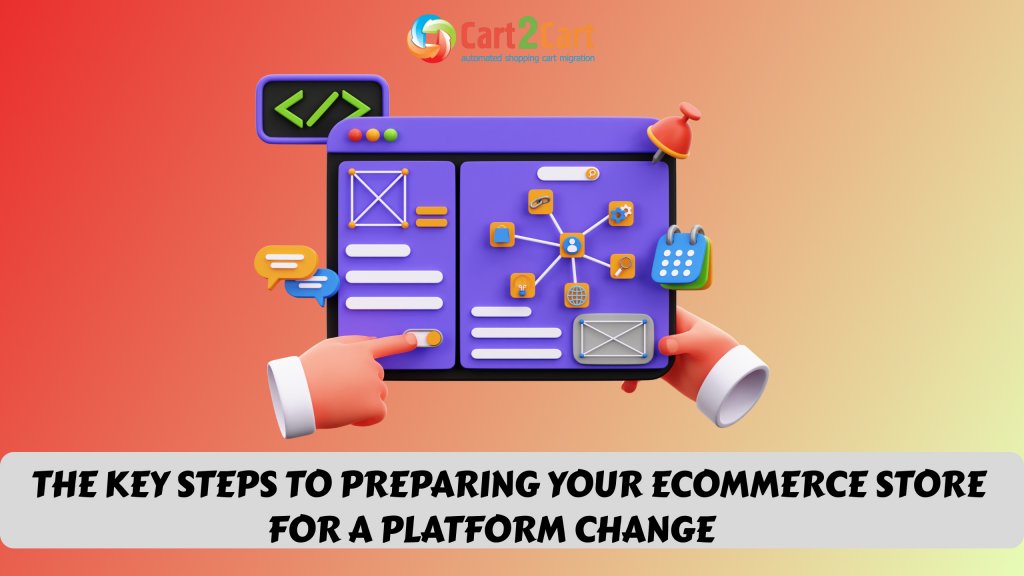
Webflow is a powerful platform that combines the simplicity of a drag-and-drop website builder with the flexibility of custom coding. It's an excellent choice for designers, developers, and business owners looking to create responsive websites without extensive programming knowledge. However, before committing to this tool, understanding the Webflow price structure is crucial for selecting the right plan that fits your needs and budget. This comprehensive guide will explore Webflow’s pricing options, key features, and factors you should consider when choosing a plan.
Why Webflow?
Webflow offers a unique blend of design flexibility and ease of use. Unlike traditional website builders that limit design possibilities, Webflow provides a visual interface that enables users to create customized websites while still having the option to dive into code if needed. Here are some reasons why Webflow stands out:
- Visual Design Interface: Webflow’s intuitive design interface allows users to create visually stunning websites without needing extensive coding knowledge.
- Responsive Design: The platform ensures that websites are mobile-friendly by default, making it easy to create responsive layouts that look great on all devices.
- Built-In CMS: Webflow’s Content Management System (CMS) allows users to create and manage content dynamically, making it suitable for blogs, portfolios, and business websites.
- Hosting and Security: Webflow provides hosting as part of its service, which includes SSL certificates for secure browsing.
- SEO Optimization: The platform is designed with SEO in mind, allowing users to customize metadata, headings, and more to improve their site's visibility on search engines.
However, to leverage these features effectively, users must carefully evaluate the Webflow price plans available.
Overview of Webflow's Pricing Plans
Webflow provides two main categories of pricing plans: Site Plans and Account Plans. Each category serves different user needs, allowing flexibility depending on the scale and complexity of the project.
1. Site Plans
Site plans are tailored for individuals or businesses looking to build and host their websites on Webflow. These plans are further divided into Website Plans and E-commerce Plans.
Website Plans
The Website Plans are ideal for standard websites, such as blogs, portfolios, or business sites.
- Basic Plan: $14 per month
- Best For: Simple websites that do not require a CMS.
- Features: Includes hosting, the ability to connect a custom domain, and limited support.
- CMS Plan: $23 per month
- Best For: Blogs or content-driven sites.
- Features: Offers CMS functionality, enabling up to 2,000 CMS items and additional features like custom content structures.
- Business Plan: $39 per month
- Best For: High-traffic websites needing more bandwidth and features.
- Features: Includes up to 10,000 CMS items, additional site traffic capabilities, and advanced SEO features.
- Enterprise Plan: Custom pricing
- Best For: Large organizations with complex needs.
- Features: Tailored features, priority support, and extensive hosting options based on the business's requirements.
E-commerce Plans
The E-commerce Plans are designed for users looking to sell products online.
- Standard Plan: $29 per month
- Best For: Small online stores.
- Features: Allows the sale of up to 500 products, includes shopping cart functionality, and basic payment integrations.
- Plus Plan: $74 per month
- Best For: Growing businesses that need more features.
- Features: Allows up to 3,000 products, advanced shipping options, and abandoned cart recovery features.
- Advanced Plan: $212 per month
- Best For: Large e-commerce businesses.
- Features: Includes up to 15,000 products, advanced analytics, and additional integrations with third-party applications.
2. Account Plans
Account plans cater to users who build websites for clients or manage multiple projects. These plans are divided into Free, Lite, and Pro plans.
- Free Plan: $0 per month
- Best For: Individuals looking to experiment with Webflow.
- Features: Basic features with limitations on projects and hosting.
- Lite Plan: $24 per month
- Best For: Freelancers or small teams.
- Features: Allows up to 3 projects, includes additional design tools, and no limitations on client billing.
- Pro Plan: $42 per month
- Best For: Professionals managing multiple projects.
- Features: Unlimited projects, advanced design features, and additional customization options.

Webflow Price Comparison Table
Here’s a comprehensive comparison of Webflow’s pricing plans based on key features:
|
Plan |
Price (Per Month) |
Best For |
Notable Features |
|
Basic |
$14 |
Simple Websites |
Basic hosting, no CMS |
|
CMS |
$23 |
Blogs, Content-Driven |
CMS functionality, 2,000 CMS items |
|
Business |
$39 |
High-Traffic Websites |
10,000 CMS items, higher traffic limits |
|
Standard (E-com) |
$29 |
Small Stores |
Basic e-commerce features |
|
Plus (E-com) |
$74 |
Growing Businesses |
Advanced e-commerce tools |
|
Advanced (E-com) |
$212 |
Large Businesses |
Full e-commerce capabilities, priority support |
|
Free |
$0 |
Beginners |
Limited features, no cost |
|
Lite |
$24 |
Freelancers |
3 projects, no client billing limitations |
|
Pro |
$42 |
Professionals |
Unlimited projects, advanced features |
Choosing the Right Webflow Price Plan
When selecting the right Webflow price plan, consider several factors to ensure it aligns with your project's goals.
1. Project Scale
The scale of your project plays a significant role in determining the right plan.
- Personal Projects: If you're creating a simple blog or portfolio, the Basic or CMS plan may suffice. These plans offer essential features without the higher costs associated with more comprehensive plans.
- E-commerce Sites: For users planning to sell products online, starting with the Standard e-commerce plan is a prudent choice. As your business grows and requires more features, consider upgrading to the Plus or Advanced plans to unlock additional capabilities.
2. Traffic Volume
Understanding your website's expected traffic is crucial for selecting the right plan.
- High-Traffic Websites: If you anticipate a significant amount of traffic, the Business plan is advisable. This plan provides the necessary bandwidth and supports a larger number of CMS items, ensuring your site runs smoothly even during peak times.
- Growing E-commerce Businesses: If you're starting small but expect rapid growth, the Plus or Advanced e-commerce plans offer scalability without compromising essential features.
3. Features and Customization
Each plan comes with its own set of features and customization options. When deciding on a plan, think about the functionalities you'll need:
- CMS Capabilities: If your website relies heavily on content management, consider the CMS or Business plans, which offer more extensive CMS functionality.
- E-commerce Features: For online stores, evaluate which e-commerce features are critical to your operations. The Advanced plan offers extensive customization options and reporting capabilities that can be invaluable for larger businesses.
4. E-commerce Needs
E-commerce businesses have unique requirements, making it essential to choose a plan that accommodates them:
- Transaction Fees: Be aware of transaction fees associated with different e-commerce plans. While some plans have lower base prices, higher transaction fees can affect overall profitability.
- Payment Integrations: Evaluate which payment gateways are supported and whether you’ll need to upgrade for advanced integrations or features.

The Benefits of Using Webflow
Custom Design Without Code
One of the primary advantages of using Webflow is its ability to empower users to create custom designs without needing to write code. This feature is particularly beneficial for:
- Designers: Designers can bring their visions to life using Webflow's visual interface without relying on developers to implement their designs.
- Businesses: Businesses can maintain a strong brand presence through unique website designs that reflect their identity without extensive development time.
Hosting and Security
Webflow’s pricing includes hosting services, removing the hassle of dealing with external hosting providers. Key benefits include:
- SSL Certificates: Security is paramount in today’s digital landscape. Webflow automatically provides SSL certificates, ensuring that all data transmitted to and from your site is encrypted and secure.
- Automatic Backups: Webflow includes automatic backups, protecting your website data from loss or corruption.
SEO-Friendly
Search engine optimization (SEO) is vital for driving traffic to your website. Webflow’s platform is designed with SEO best practices in mind:
- Custom Metadata: Users can easily customize meta titles, descriptions, and alt text for images, improving visibility in search engines.
- Clean Code Structure: Webflow generates clean HTML and CSS, contributing to faster load times and better SEO performance.
Limitations of Webflow Pricing
While Webflow offers numerous advantages, it’s essential to consider potential limitations:
Higher Price Points for Small Projects
For users with simple websites or small budgets, Webflow’s pricing can be perceived as relatively high compared to other platforms. Cheaper options like Wix or Squarespace might be more suitable for those needing basic functionality.
Learning Curve
Despite its user-friendly interface, there is a learning curve associated with Webflow, particularly for those new to web design. Users might require time to fully grasp the platform’s features and capabilities, impacting initial productivity.
Limited Support for Custom Code
While Webflow allows custom code embedding, its focus is primarily on visual design. This limitation may not suit users looking to create highly customized or complex web applications.
Conclusion
Webflow offers a compelling platform for designing and hosting websites, with a pricing structure that accommodates various needs. From individual freelancers to large enterprises, there is a plan that fits diverse requirements. By understanding the Webflow price plans and their features, you can make an informed decision that aligns with your goals and budget.
Whether you’re launching a personal blog, an e-commerce site, or a portfolio, Webflow’s powerful tools and features can help you create a stunning online presence.
FAQ
Is Webflow free?
Webflow offers a free plan, but it comes with limitations. For full features and hosting, you’ll need to choose one of the paid plans.
Can I change my Webflow plan later?
Yes, you can upgrade or downgrade your plan at any time according to your needs.
Does Webflow charge transaction fees for e-commerce?
Yes, Webflow charges transaction fees for sales made through the Standard e-commerce plan. Higher-tier plans have lower fees.
Can I export my Webflow site?
Yes, you can export your site's code, but this feature is limited to specific plans.
What kind of support does Webflow offer?
Webflow provides email support for all users, with priority support available for higher-tier plans.


 March 31, 2025
March 31, 2025 


